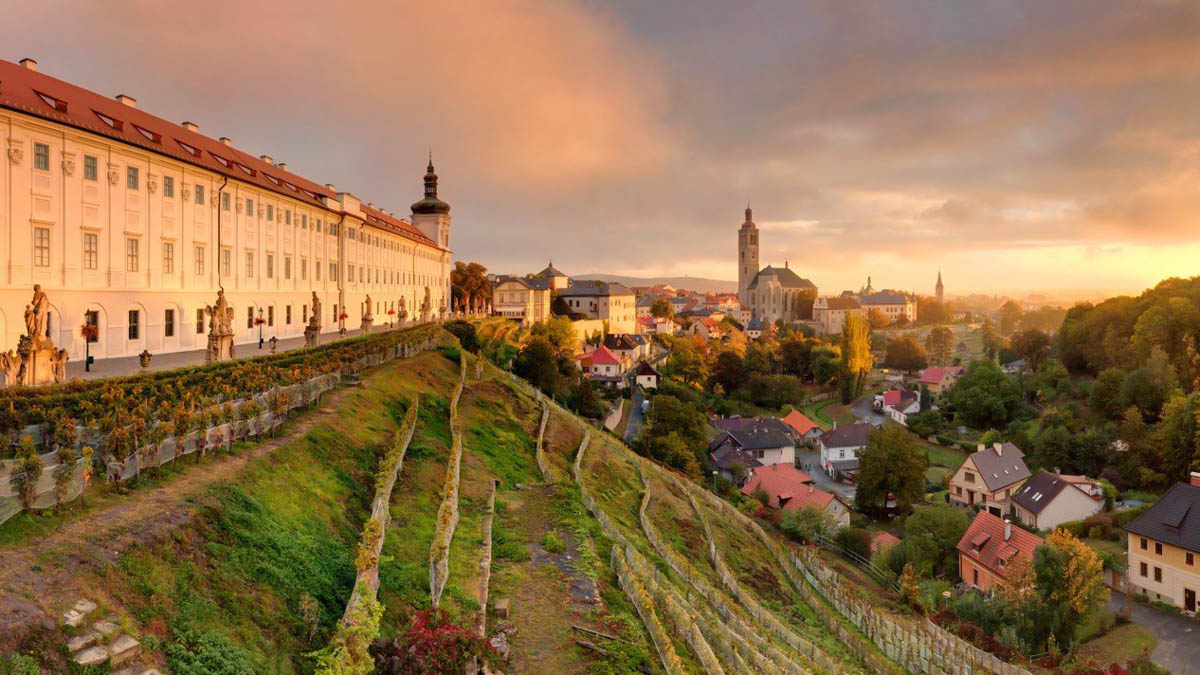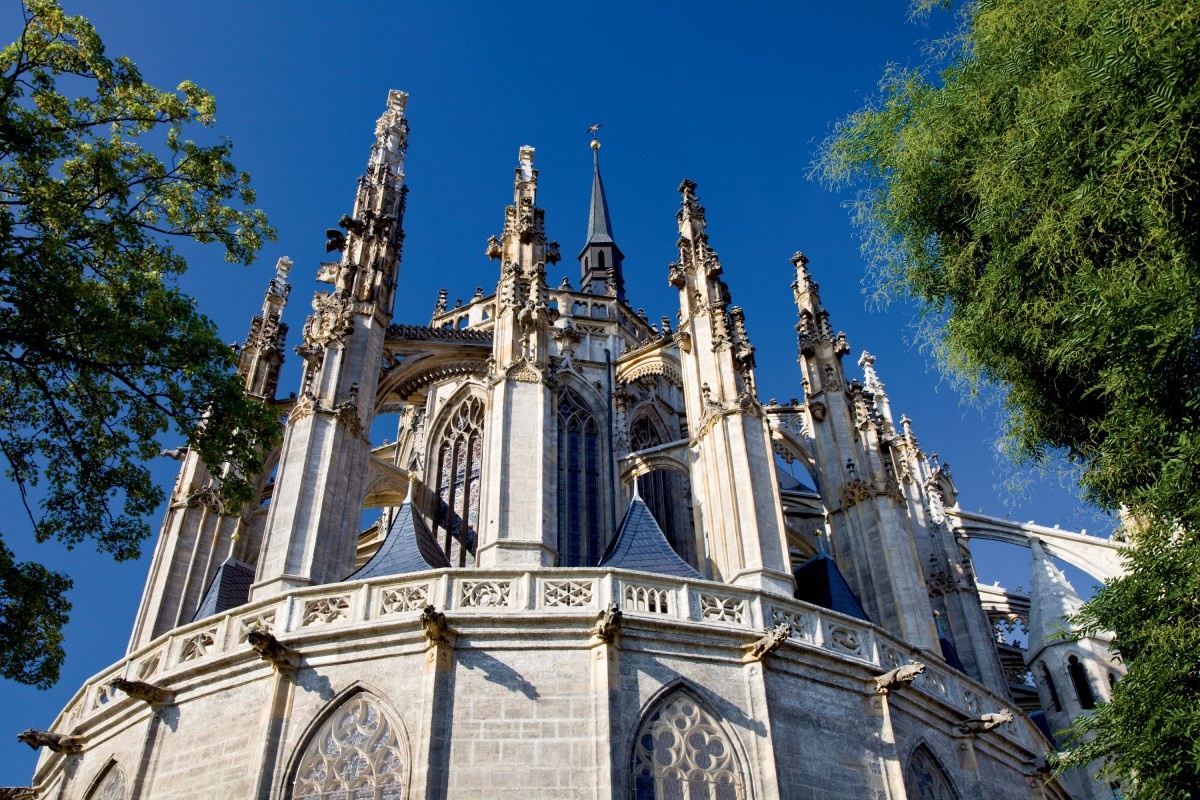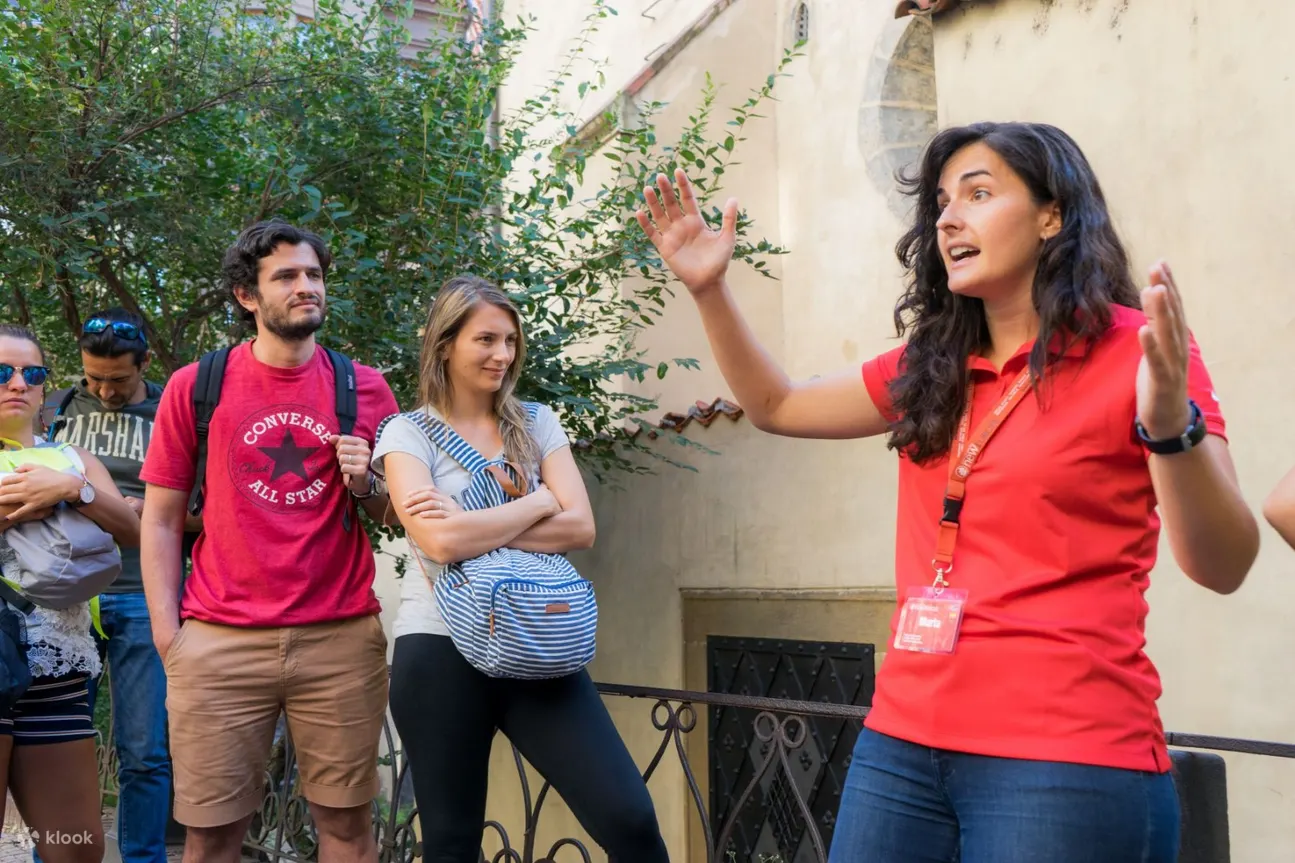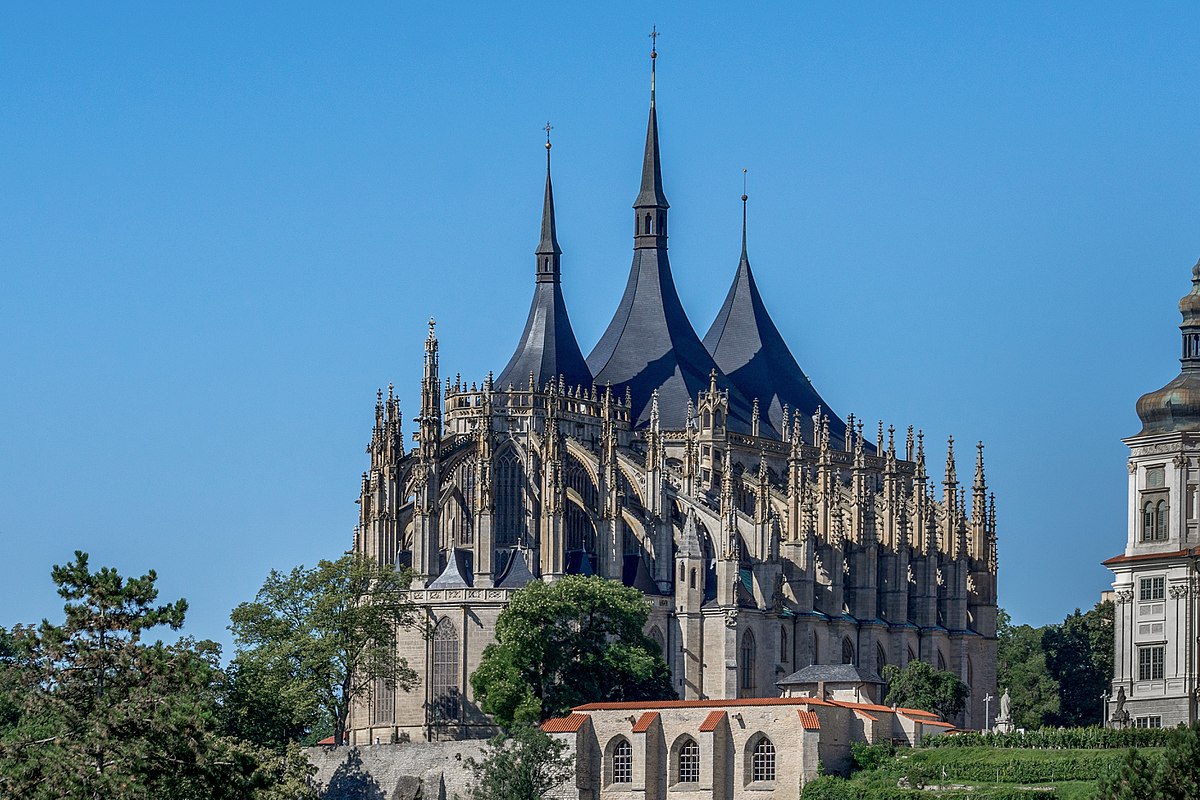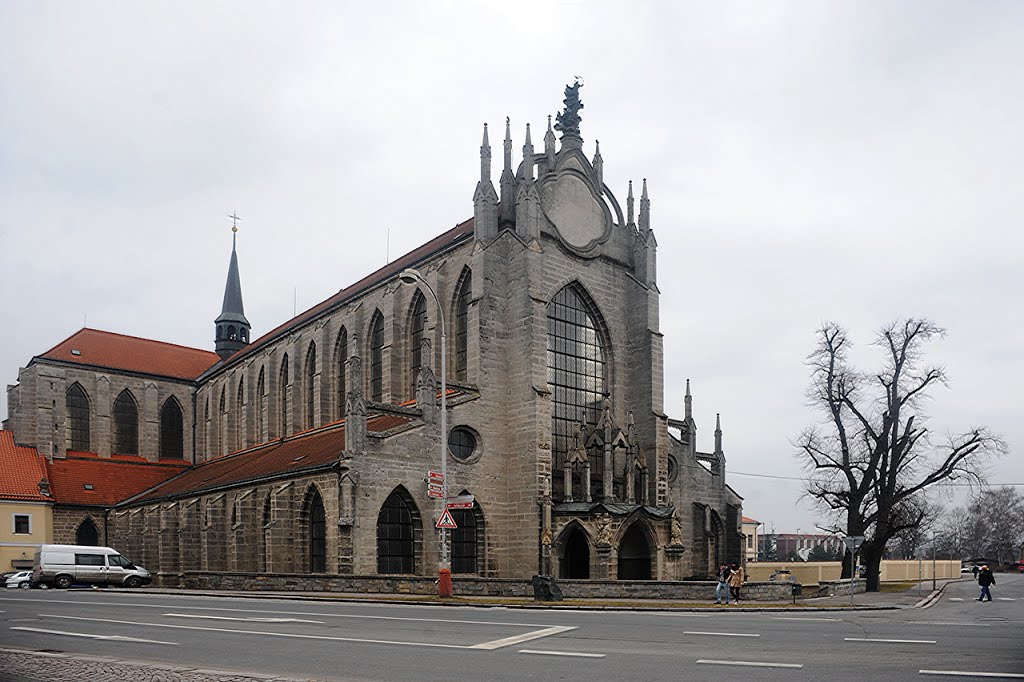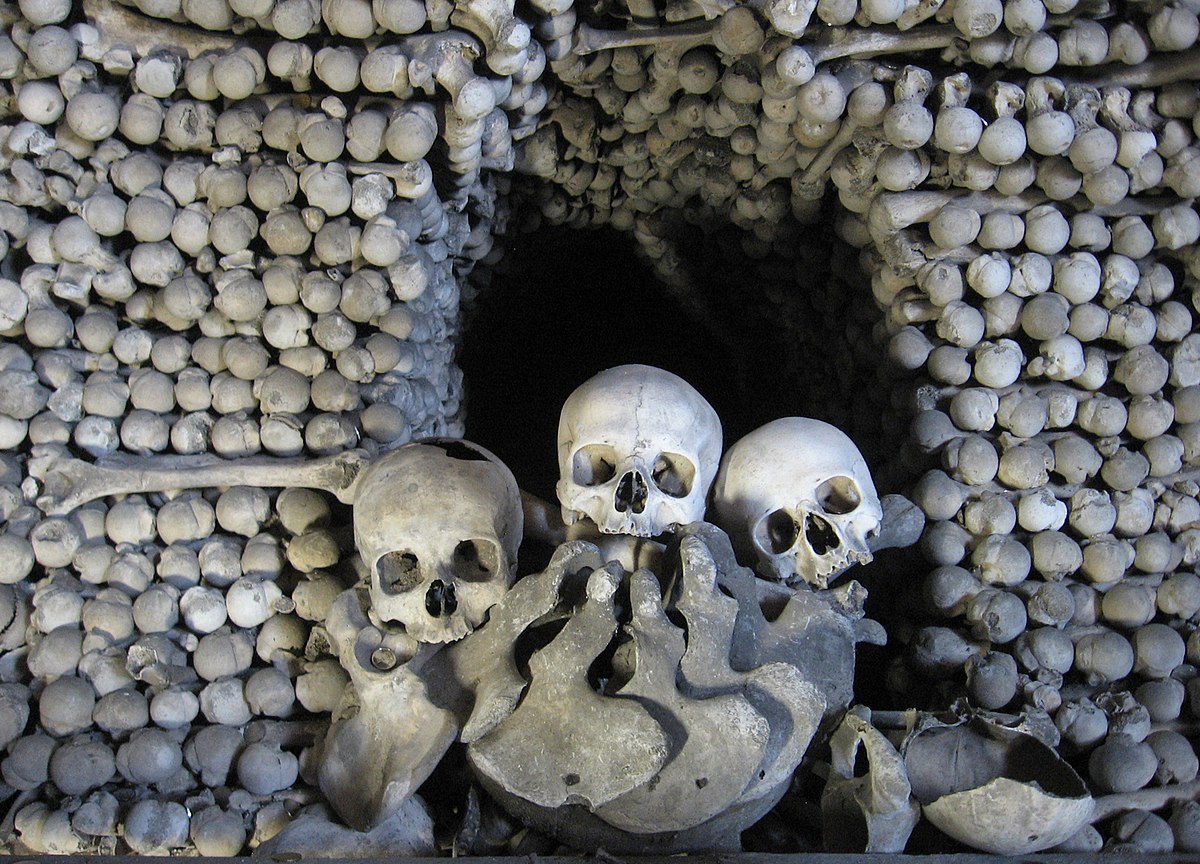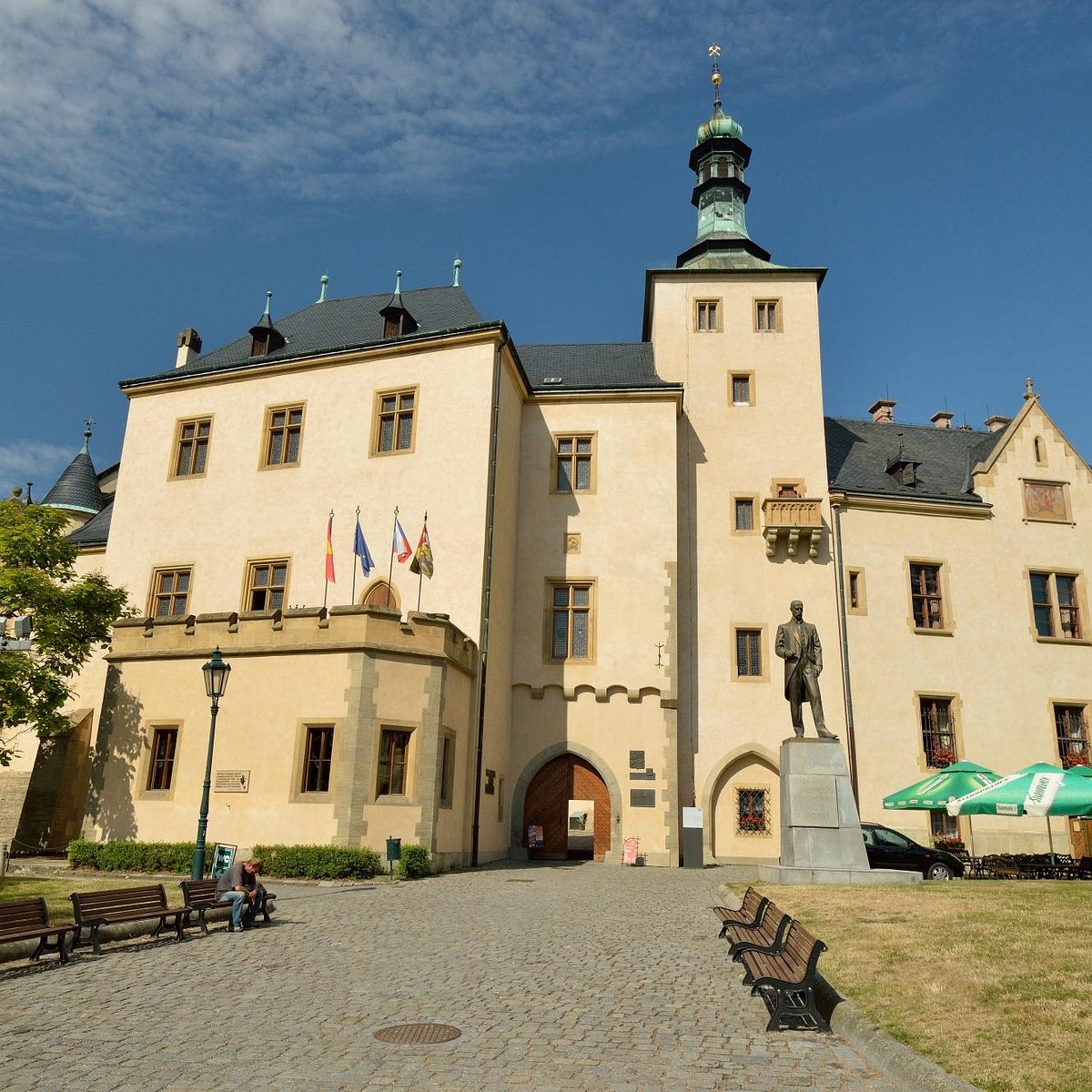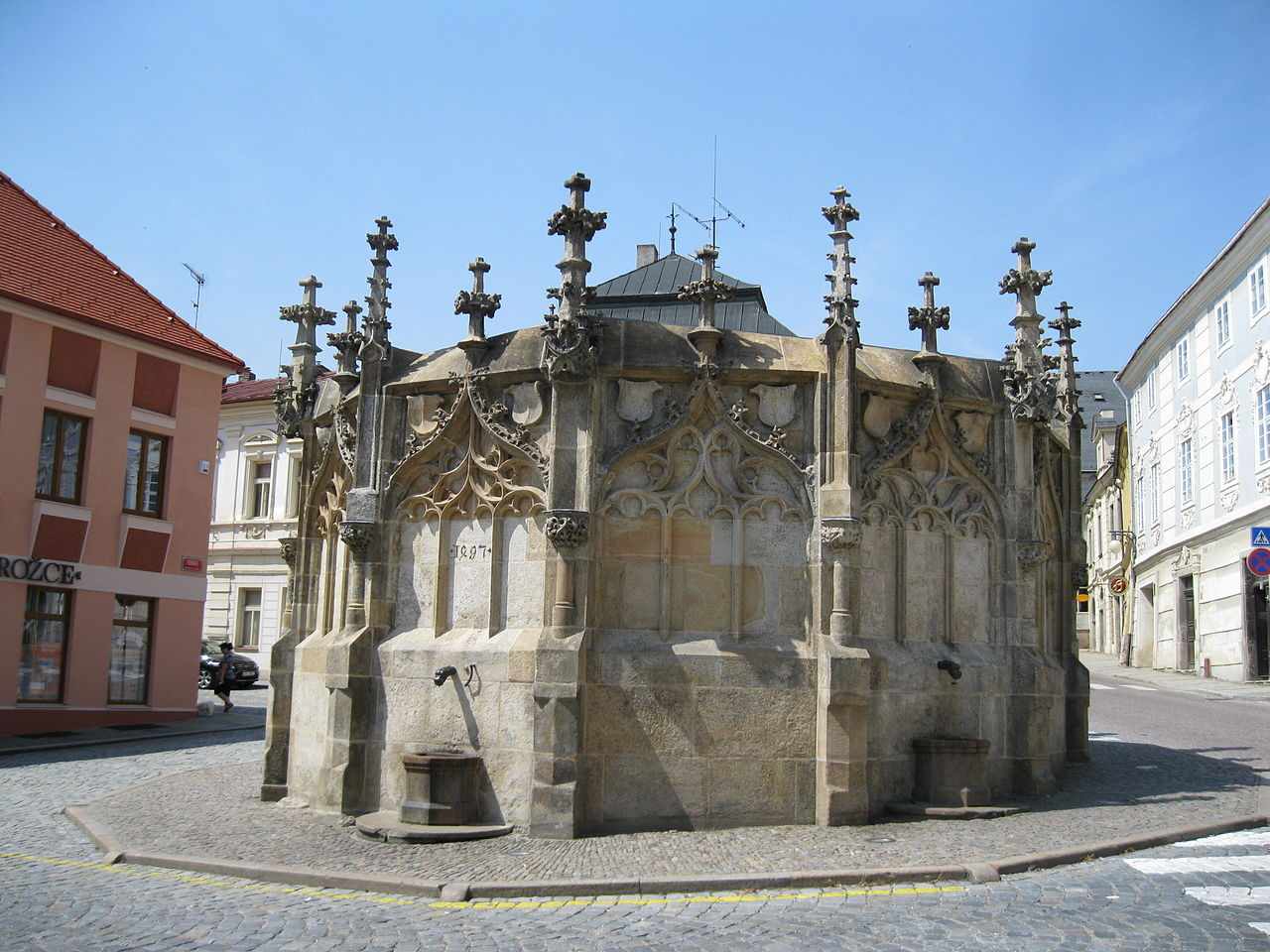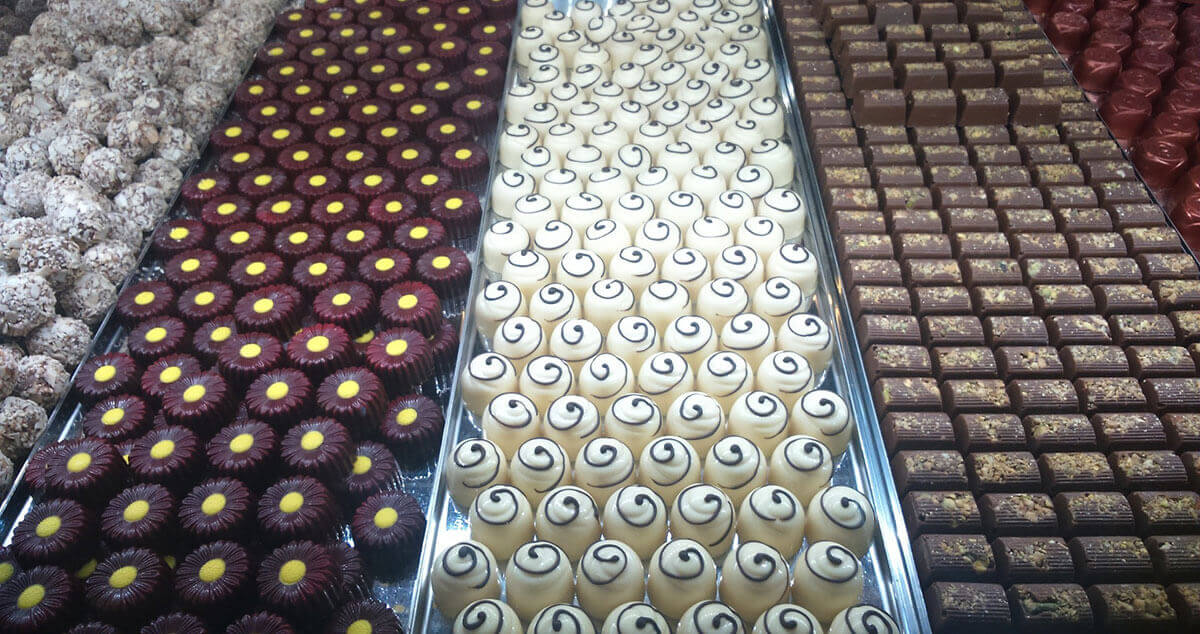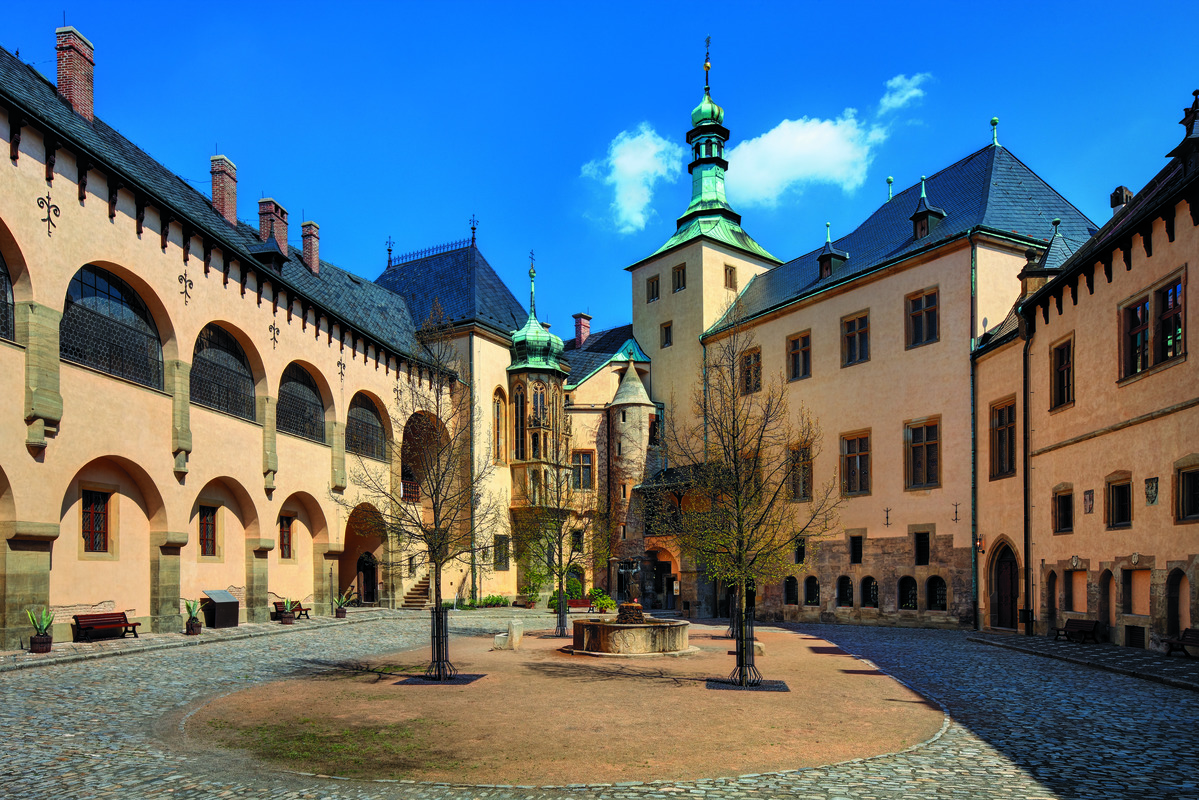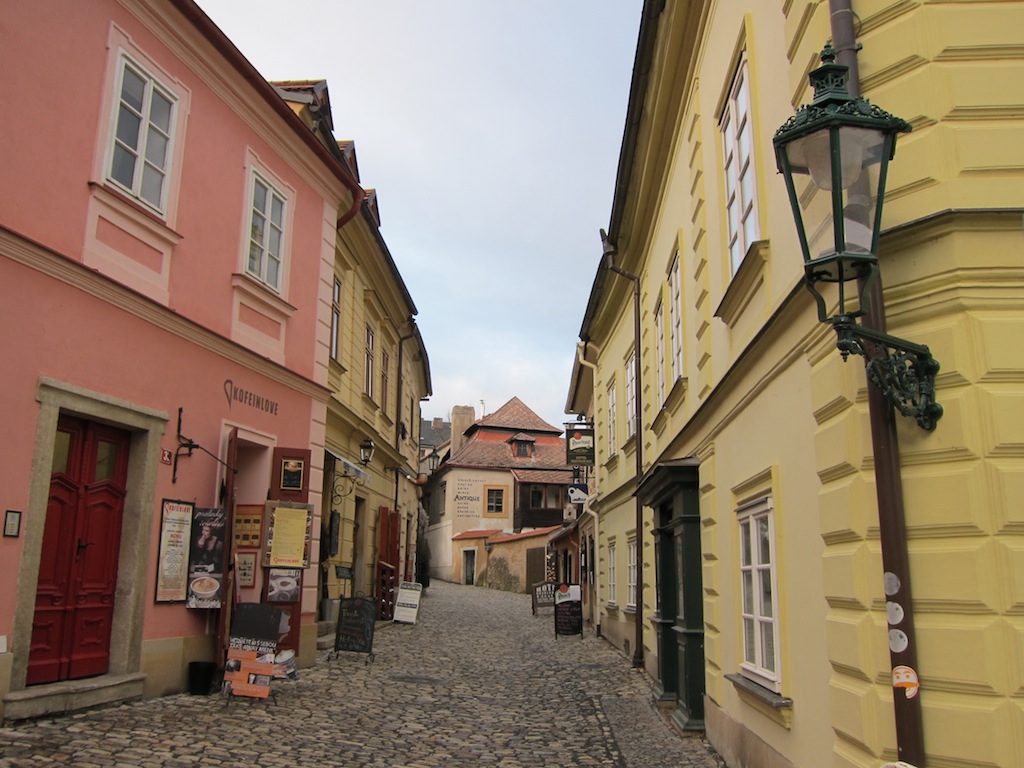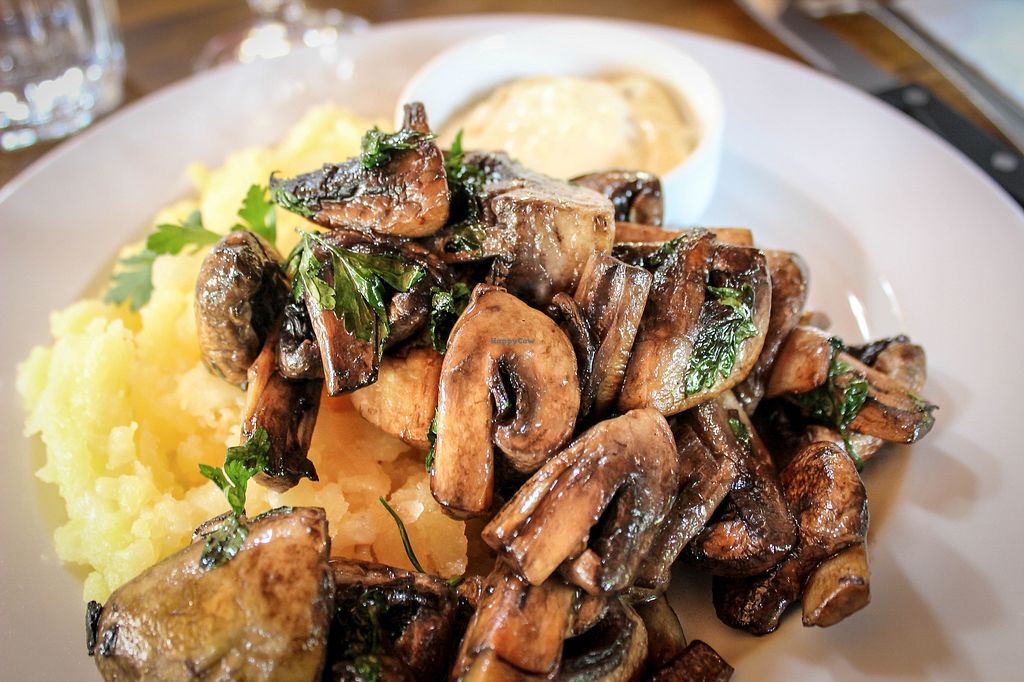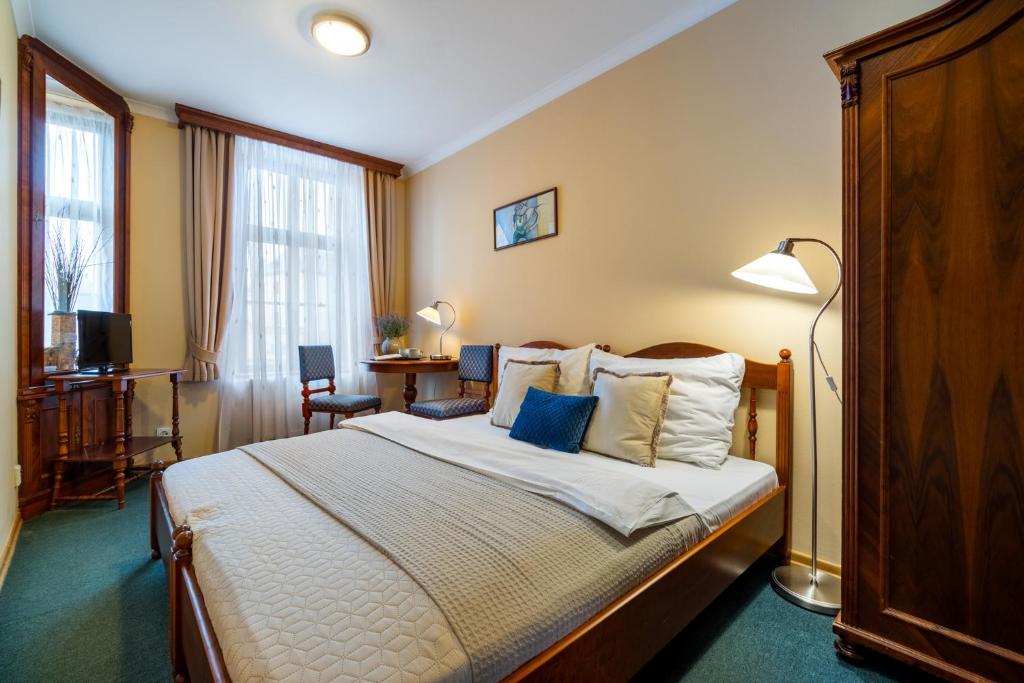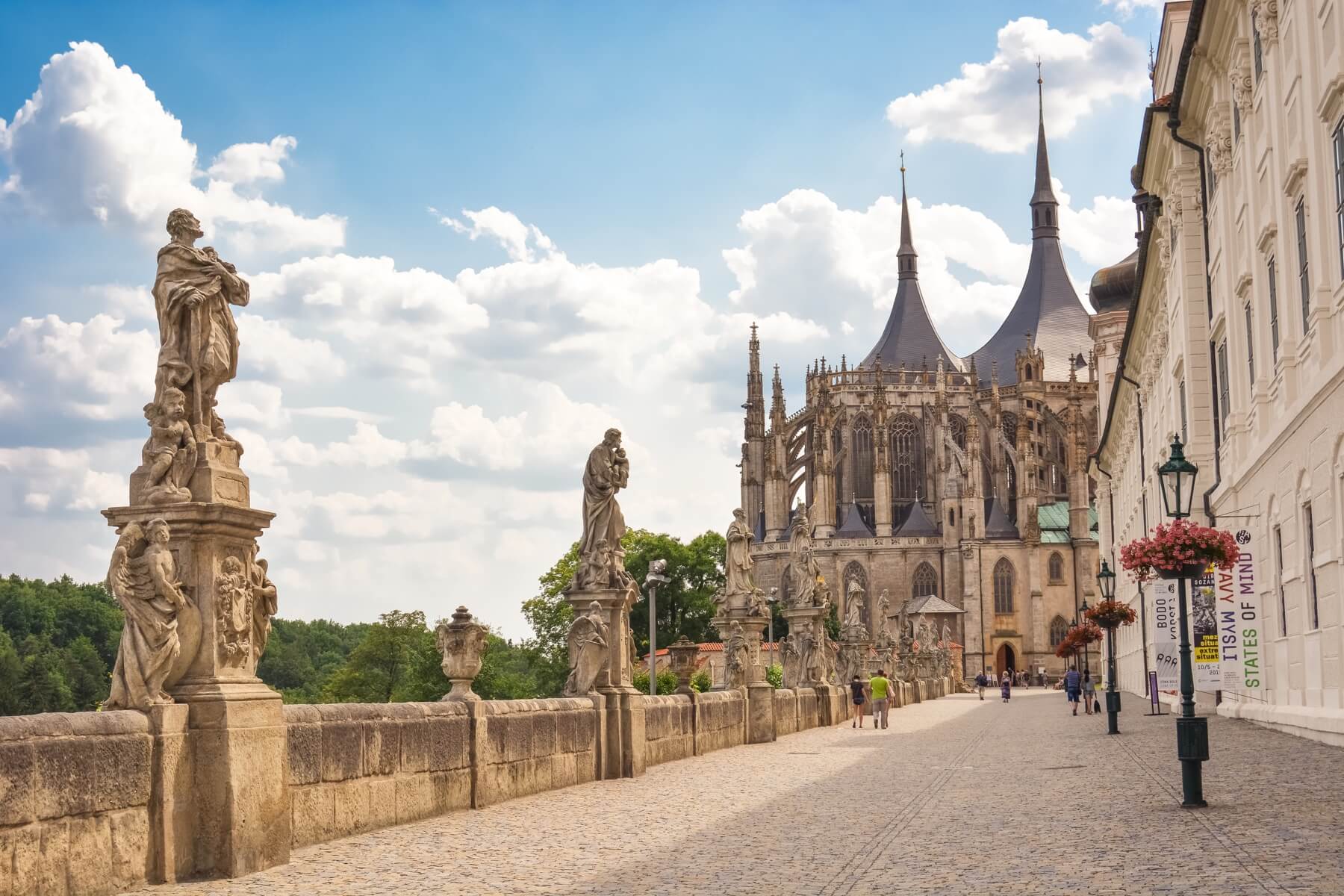Kunta Hora - The Silver Treasure Of Europe
Kutna Hora is a city in the Czech Republic's Central Bohemia region. It is roughly an hour's drive east of Prague. The Gothic church, ossuary, and mining heritage are its most well-known features. It is a UNESCO World Heritage Site because of its historical significance and architectural treasures.
Author:Maya ReyesReviewer:Finn WildeJun 11, 2022383 Shares382.7K Views
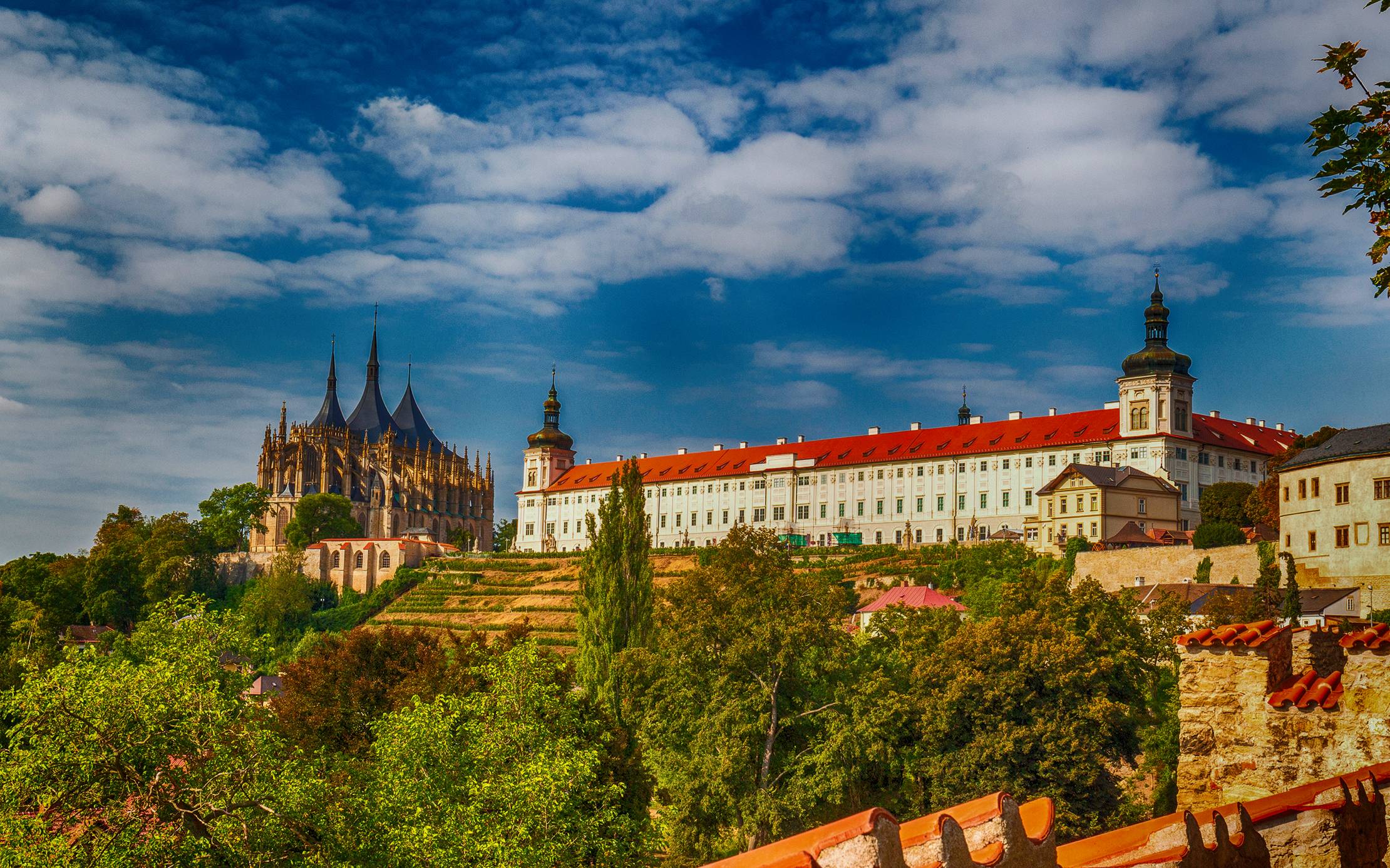
Kutna Horais a city in the Czech Republic's Central Bohemia region. It is roughly an hour's drive east of Prague. The Gothic church, ossuary, and mining heritage are its most well-known features.
It is a UNESCO World Heritage Site because of its historical significance and architectural treasures.
History Of Kutna Hora
When the Sedlec Abbey was constructed in the mid-12th century, Kutna Hora became a monastic town.
German workers started mining the silver in the mountains on the monastery's land in the 13th century.
Kutna is derived from the German Kutten, which refers to monks' cowls, or the Czech kutani, which means "mine."
The Wallachian Court issued the first Prague groschen here in the late 13th century, since the city was of paramount significance to the Bohemian kings from the 13th through 16th centuries.
Florentine currency specialists were brought in from Italy to overhaul the Czech money minting process under King Wenceslas II.
In the 16th century, Kutna Hora, along with the rest of Central Bohemia, fell to the Austrian Habsburgs, and the city began to decay.
Several mines flooded, causing the mining sector to collapse. The mines were in ruins by the late 18th century, and the town had become poor.
The city passed through numerous hands throughout the twentieth-century conflicts, eventually becoming part of Czechoslovakia after WWII and then part of the new Czech Republic after the disintegration of the Soviet republics.
How To Get To Kutna Hora From Prague
Kutna Hora may be reached in a variety of ways. It's an easy hour's trip from Prague if you have a vehicle.
Trains travelfrequently from Prague to Kutna Hora, the city's principal station, which is 4 kilometers from the city center.
You may then take a local train from there. There is always one train departing once the train from Prague arrives.
Make sure to get a ticket to Kutná Hora msto when in Prague so that you do not waste time purchasing a second ticket on the local train.
If you miss the local train, you may take the local bus number one all the way into the city center. Trains from Prague to the main station take one hour and six minutes, respectively.
A bus service from Prague to Kutna Hora is also available. This takes around an hour and forty minutes and drops you off in the heart of the city.
Things To Do In Kutna Hora
Kutna Hora, a small(er) town in the Czech Republic, is just an hour's drive from Prague, but it's much more than a one-day excursion from the capital city to check off your bucket list.
We think that both inhabitants and tourists are aware of the historical, cultural, and architectural significance of Kutna Hora, since it was once a rich silver mining town that rivaled Prague in prominence.
Even though Kutna Hora has been on the UNESCO World Heritage List for twenty-five years, we believe it deserves greater attention and emphasis from international visitors.
And, as patriotic Czechs, we are delighted to share the word about the town's attractiveness.
St Barbara’s Church
The wonderful Saint Barbara's Church, situated in the center of the ancient town, is widely recognized in Kutna Hora.
Saint Barbara is the patron saint of miners, therefore she was a logical choice for the cathedral's patron.
The church is one of the most significant Central European Gothic cathedrals, and probably one of the most unusual, with its extraordinary flying buttresses and three-tented roof.
It was built in the 1380s by local mining owners who wanted to establish their independence from the nearby Sedlec Monastery and maybe compete with Prague's famed St Vitus's Cathedral.
Many of the interior stained glass windows depict miners, minting procedures, and the miner's coat of arms, reflecting the town's industrial heart.
Church Of The Assumption Of Our Lady And Saint John The Baptist
The Ossuary and the Church of the Assumption of Our Lady and Saint John the Baptist are also part of the Sedlec Monastery complex.
The cathedral, which is a combination of French Gothic and Germanic architectural styles, was completed in the late 13th and early 14th centuries. The cathedral was in ruins after the Hussite invasion in the 15th century.
In the 17th and 18th centuries, the Cistercian order requested that the cathedral be rebuilt and reconstructed, during which time the architect introduced various distinctive elements.
Jan Blaej Santini-Aichel integrated a cantilever staircase and what is now known as a Bohemian flat-vault, as well as some Baroque-Gothic characteristics.
It is a functioning Roman Catholic church. It has a large art collection as well as the world's oldest Gothic monstrance for Catholic worship.
Sedlec Ossuary
The Sedlec Ossuary, also known as the Roman Catholic Cemetery Church of All Saints with the Ossuary, is part of the ancient Cistercian monastery complex, which also includes the Church of the Assumption of Our Lady and Saint John the Baptist. It's a two-story charnel-style structure from the 14th century.
Clay from Jerusalem was placed on the cemetery's floor in the 13th century, making it Central Europe's oldest sacred ground - and one of the most popular sites to be buried.
During the plague, about 30,000 people were buried here, and another 10,000 were interred here during the Hussite conflict.
The order constructed a Gothic church in the centre of the cemetery in the early 15th century, along with a subterranean chapel that served as an ossuary.
A blind monk was in charge of exhuming the remains and making sense of the mounds of uncovered bones by the 16th century.
However, what we see now was the product of the royal family hiring a woodcarver to organize the remaining mounds of bones in the 18th century. The Sedlec Ossuary is one of the Czech Republic's most popular tourist destinations.
Italian Court
The old royal palace and mint is now known as the Italian Court. King Wenceslas II converted the original edifice, a 13th-century fortification, to the minting business in the 14th century, but it was Wenceslas IV who further renovated it to fit the demands of a royal home.
In the 13th century, the minting reform involved shutting other mints around the nation and bringing in Florentine currency specialists to assist the monarch in creating the new Prague groschen, Europe's strongest currency at the time.
Several significant Czech political events occurred here throughout the years, including the Decree of Kutna Hora, which signaled the end of the monarchy.
The Italian Court was restored to its former splendour in the late nineteenth century. The Italian Court now serves as the municipal hall and administrative hub for the government.
Visitors may choose between two tours: one that focuses on the minting process and the silver mining business in Kutna Hora, and another that follows the royal family's footsteps.
Gothic Stone Fountain
On the western side of the old town, the Gothic Stone Fountain is located in the center of Rejsek Square.
It was built in the late 15th century to address a scarcity of drinking water in Kutna Hora as a result of the region's disruptive and intrusive mining activities.
The answer was to pump water from a local spring to the fountain, allowing inhabitants to drink safe water.
The building used to be roofed, but it is no more, and it provided water to the city until the 1890s.
Chocolate Museum
The Chocolate Museum is small and charming, but even if you don't enjoy chocolate, it's worth a visit.
According to the myth, the chocolatier behind the globally popular Lidka brand refused to provide his secret chocolate formula to the Communists and instead departed the country.
Locals attempted unsuccessfully to reproduce his chocolate, and the store and manufacturing closed in 1993.
Some of the molds and chocolate-making utensils are on display at the museum. However, there is now a new chocolate store on the grounds, so you can witness the chocolate-making process and eat some for yourself, in addition to learning about the original brand and viewing its instruments.
Czech Museum Of Silver And Medieval Silver Mine
The Czech Museum of Silver, Medieval Silver Mine, is situated in Hradek, or Tiny Castle (which isn't that little), and provides a unique look into Kutna Hora's once-prosperous industry.
The castle began as a modest stronghold in the 13th century and was later expanded by the royal magistrate in the 15th century.
It was devastated during the Hussite War, but in the 17th century, it was renovated (and extended again).
The historic Kutna Hora Jesuit seminary, which dissolved in the late 18th century, is located near Hradek.
In the 1950s, a mining museum opened here, but it closed in the 1970s. It was restored in the 1990s and reopened to the public in 1996.
The museum has one of the largest collections of mining artifacts, archaeological and numismatic findings, as well as art and geology collections.
There are two options for tours here. The first chronicles Kutna Hora's history and growth as the heart of Central Europe's mining industry ("Silver City"), while the second focuses on the mining process itself ("The Journey of Silver").
The second trip, which brought us down into the historic tunnels, was the one we chose.
Before visiting one of the historic portions of the mine, we studied about Middle Ages mining procedures, the mining process, and minting processes. We toured a recreation of the miners' settlement when we returned to the surface.
Get Lost In The Alleyways Of Kutna Hora
Kutna Hora's historic center, like that of most other historical towns in Central and Western Europe, should not be disregarded.
The old town's attractive cobblestone alleys thread their way through the colorful buildings, which contain quaint bars and restaurants as well as private dwellings.
On a beautiful, sunny day, tables and chairs pour out into the streets from the bars; don't miss visiting Kutna Hora's alleys!
Where To Eat In Kutna Hora
We had lunch at the V Ruthardce Restaurace, which is situated close the St James Tower in the old town.
It is regarded as one of Kutna Hora's greatest restaurants, with a strong focus on delicious cuisine prepared with care.
We sat in the garden, which was shaded and featured big communal tables as well as smaller, more personal seats under the trees.
With a big fireplace and hefty oak tables, the restaurant's décor is traditional and antique.
The cuisine is excellent, and the proprietors definitely care about making your visit a memorable one.
I had the fresh fish, which was delicious. Czech beer and soft drinks are available on the beverages menu. This is a fantastic restaurant for lunch or supper, and the prices are affordable.
Factory, a cafe bistro bar in the heart of town, served us supper. It's a well-known pizza, spaghetti, and burger joint.
We got a fantastic burger with thick, crispy fries and a little side of coleslaw. They also offer al dente spaghetti and Neapolitan-style pizza (thin, crispy crust). The factory is a terrific place to go for a quick, affordable, and excellent lunch or supper.
Where To Stay In Kutna Hora
We slept at Hotel Mdnek Old Town, a 52-room hotel ideal for tourists, families, and business travelers. The rooms are well-appointed and large, with comfortable furniture and views of the city.
Kutna Hora is a fantastic complement to any trip to the Czech Republic. It's a great day excursion from Prague or a nice spot to stay overnight and visit some of Central Bohemia's neighboring areas. I suggest visiting here to understand more about its fascinating history and architecture!
On this trip, Travel Passionate was hosted by Czech Tourism and the Central Bohemia Tourism Board, but all thoughts are my own.
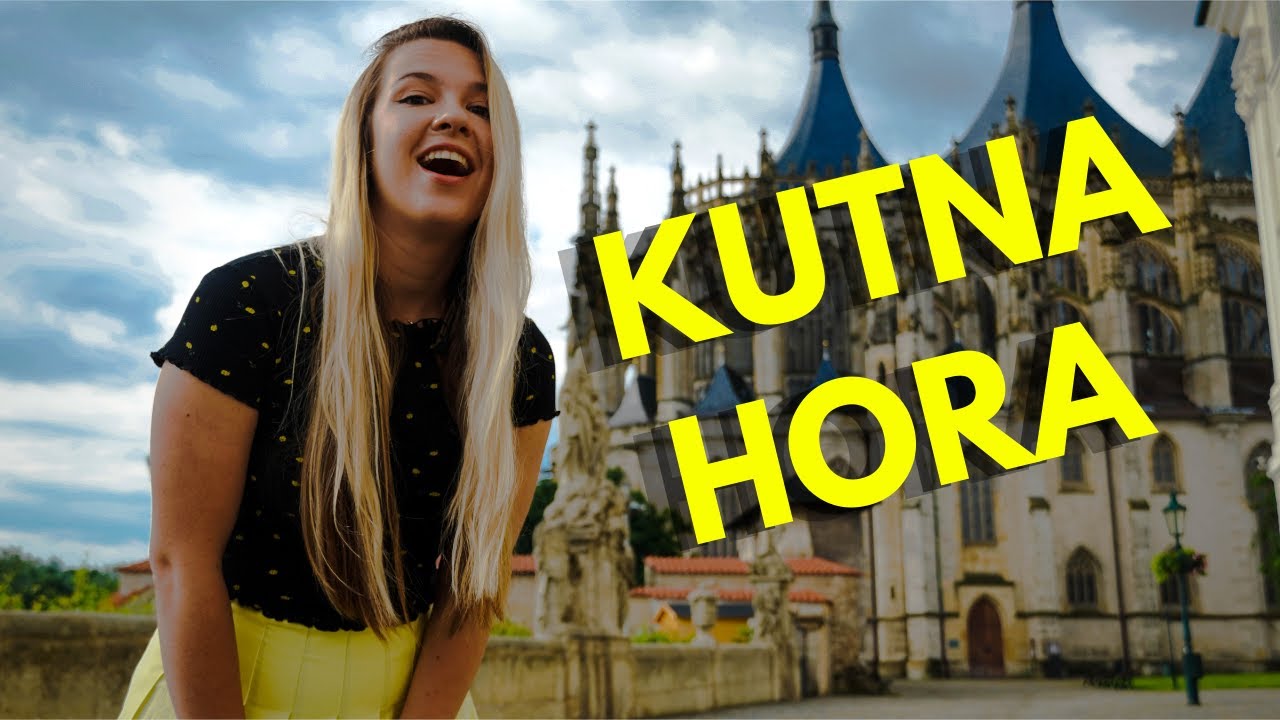
Kutna Hora - UNESCO Treasure of Czech Republic
People Also Ask
Is Kutna Hora worth visiting?
As a side trip from Prague, Kutná Hora was well worth seeing. The Bone Church was the most interesting thing we saw throughout our five weeks in Europe, thus that alone was worth the trip.
What Is Kutna Hora Known For?
Kutna Hora is a city in the Czech Republic's Central Bohemia region. It is roughly an hour's drive east of Prague.
The Gothic church, ossuary, and mining heritage are its most well-known features. It is a UNESCO World Heritage Site because of its historical significance and architectural treasures.
When Was Kutna Hora Built?
Kutná Hora (German: Kuttenberg) is a city in the Czech Republic's north-central region.
It is located 44 miles (71 kilometers) east of Prague, on the high tableland above the Vrchlice River.
It originated as a silver mining town in the early 13th century, and from the 14th century, it made Bohemian coins (gro).
Does Kutná Hora Have A Train Station?
Because the main Kutná Hora railway station (Kutná Hora hl. n.) is around 4 km/2.5 miles from the city center, it's advisable to switch to a local train after you've arrived.
One will always be available to connect with the approaching Prague train. It just takes a few minutes to go into town.
Conclusion
In medieval times, Kutná Hora was a silver mining town, and it was once the second most populous Czech city after Prague. It was home to roughly 21,000 people in 2020.
Although Kutná Hora contains some somewhat dismal contemporary buildings, the Historical Town Centre, which includes the Church of St Barbara and the Cathedral of Our Lady at Sedlec, was listed on the UNESCO World Heritage List in 1995.
Beautiful buildings may be found on both ends of town, and the town's highest peaks are home to restored earlier architecture, including Medieval, Gothic, Renaissance, and Baroque structures.

Maya Reyes
Author
Maya Reyes’s wanderlust was sparked in the temples of Luang Prabang, where the scent of lemongrass and the chants of monks revealed the transformative power of travel.
Since then, her journey has been defined by cultural immersion and authentic connections. From learning batik in Indonesia to sharing meals with nomadic families in Mongolia, Maya seeks experiences that highlight the human stories behind each destination.
Travel for her is a way to weave her narrative into the world’s cultural tapestry, creating bridges across diverse ways of life. Maya has traveled to 15 countries and shares her insights through writing and storytelling.
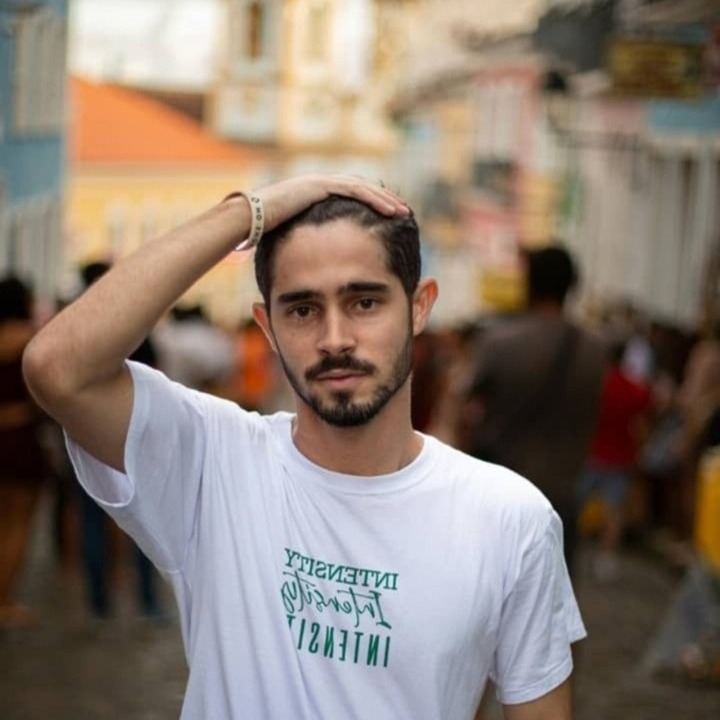
Finn Wilde
Reviewer
For Finn Wilde, the wilderness is more than just a destination - it’s a way of life. Over the past decade, he has led multiple expeditions in some of the world’s most remote regions, from the icy fjords of Greenland to the rugged trails of Patagonia.
Finn emphasizes sustainability in all of his adventures, helping participants connect with nature while promoting responsible exploration. His expeditions inspire individuals to explore the great outdoors while fostering a deep respect for the environment.
Latest Articles
Popular Articles
